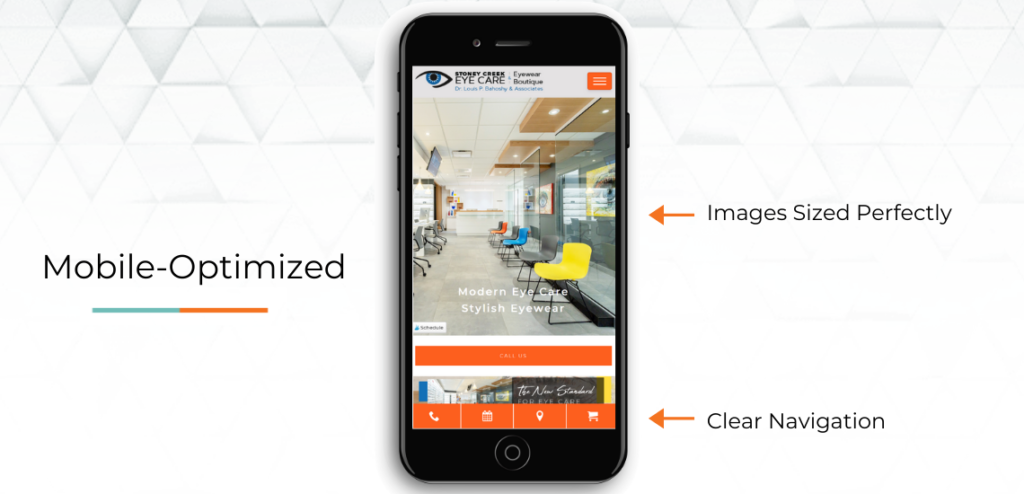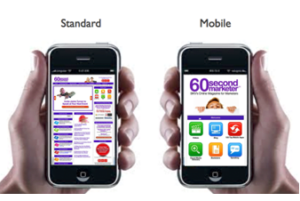

Understand the subject matter of the image.

Google uses alt text along with computer vision algorithms and the contents of the page to Web pages, including users who use screen readers or have low-bandwidth connections. Use descriptive alt text in the alt attributeĪlt text (text that describes an image) improves accessibility for people who can't see images on If you're using non-latin or special characters. If you localize your images, remember to also translate the filenames, keeping in mind the If your site has thousands of images, you might want to consider automating the Avoid using generic filenames like image1.jpg, pic.gif, 1.jpg when ForĮxample, my-new-black-kitten.jpg is better than When possible, use filenames that are short, but descriptive. Likewise, the filename can give Google clues about the subject matter of the image. Relevant text and on pages that are relevant to the image subject matter. Wherever possible, make sure images are placed near Page, including captions and image titles. Google extracts information about the subject matter of the image from the content of the Include descriptive titles, captions, filenames, and text for images Also, sharp images are moreĪppealing to users in the result thumbnail and increase the likelihood of getting traffic from users. High-quality photos appeal to users more than blurry, unclear images. To learn about best practices and techniques to improve website performance. To provide a high quality and fast user experience.Īnalyze your site speed with PageSpeed Insights Make sure to apply the latest image optimization Images are often the largest contributor to overall page size, which can make pages slow andĮxpensive to load. Here are two examples how rich results might look like on Google Images: Types, the image attribute is a required field to be eligible for badge and rich result in Google Might be ineligible for rich result display in Google Images. Google Images supports structured data for the following types:įollow the general structured data guidelinesĪs well as any guidelines specific to your structured data type otherwise your structured data Which give users relevant information about your page and can drive better targeted traffic to your If you include structured data, Google Images can display your images as rich results, including You can help us improve the quality of the title link and snippet displayed for your pages We use a number of different sources for this information, including descriptive information in Here are two examples how the title links and snippet might look like on a Google search result This helps users decide whether or not to click on a result. Google Images automatically generates a title link and snippet to best explain each result and Images: Google uses the URL path as well as the filename to understand your images.Ĭonsider organizing your image content so that URLs are constructed logically. To test how well your pages work on mobile devices, and get feedback on what needs to be fixed. For this reason, it is important that you design your site for all device types and sizes. Create device-friendly sites: Users search on Google Images more from mobile than onĭesktop.Page content may be used to generate a text snippet for the image, and Google considers Important as visual content for Google Images - it provides context and makes the result moreĪctionable. Create informative and high quality sites: Good content on your web page is just as.Keep text in HTML, provide alt text for images. To ensure maximum accessibility of your content, (and page translation tools won't work on images). Important text elements like page headings and menu items, because not all users can access them Don't embed important text inside images: Avoid embedding text in images, especially.Sense, consider placing the most important image near the top of the page. Optimize placement: Whenever possible, place images near relevant text.Particularly discourage pages where neither the images or the text are original content. We suggest that you display images only where they add original value to the page. Provide good context: Make sure that your visual content is relevant to the topic of the.To boost your content's visibility in Google Images, focus on the user by providing a great userĮxperience: make pages primarily for users, not for search engines.


 0 kommentar(er)
0 kommentar(er)
